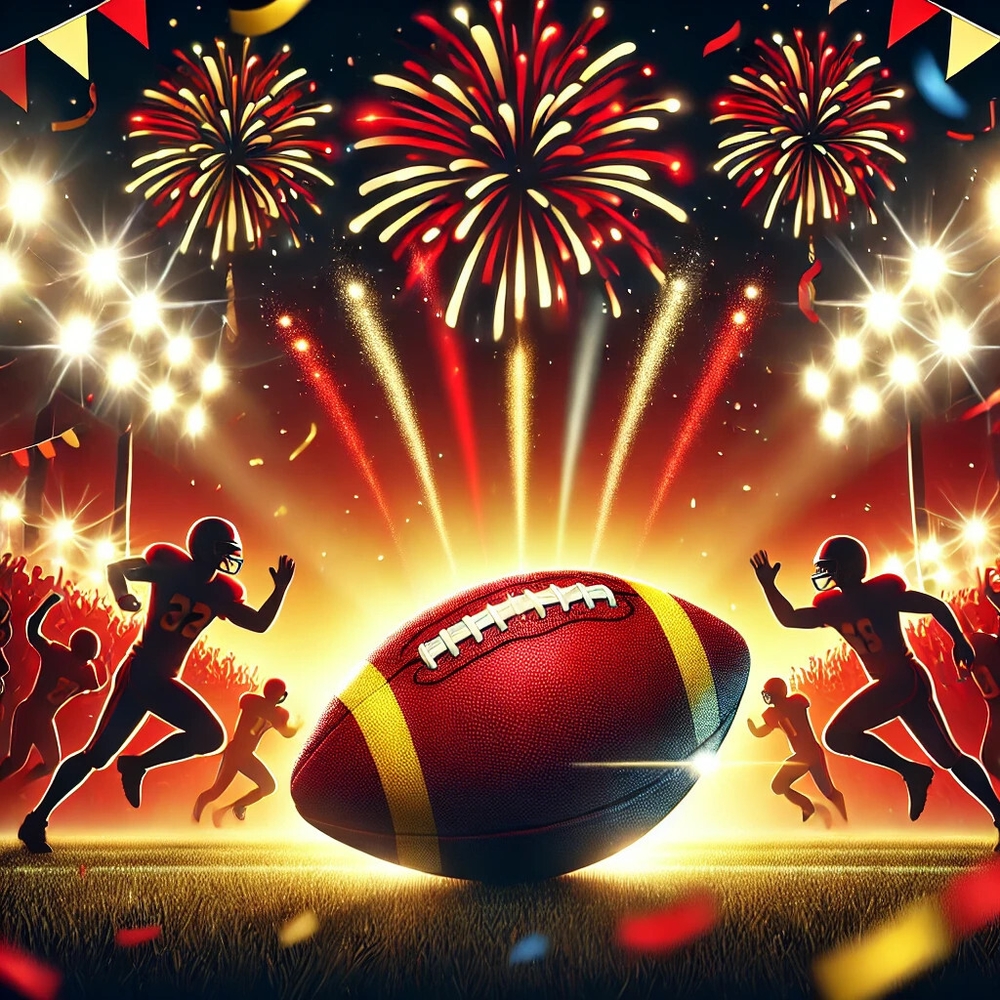With the excitement of the Super Bowl still in full swing, we thought it would be interesting to look at the effect professional sports have had on advertising.
In short, professional sports have had a profound impact on advertising over the years. Sporting events, particularly those with a global reach, offer a huge platform for advertisers to showcase their products to a large and diverse audience.
Sports advertising can be dated back to the late 19th century, when brand names were painted onto the side of athletes' bicycles. Since then, advertising in professional sports has evolved into a multi-billion dollar industry that has transformed the way companies promote their products.
Reach More People
One of the biggest impacts of professional sports on advertising is its ability to reach a large audience. Sports events, such as the Super Bowl (nearly 100M viewers in 2022), World Cup, and Olympic Games, attract tens of millions of viewers from around the world, providing advertisers with an opportunity to reach a diverse and captive audience. This is particularly true for live sporting events, as people are more likely to watch them in real-time, giving advertisers the opportunity to make a lasting impression.
Take for example the FIFA World Cup Qatar 2022™. It amassed an insane amount of viewers across all viewing platforms. We are talking about 5.4 billion cumulative views throughout the month-long tournament. 5.4 billion viewers! Some of the major brands that wanted a piece of that viewership included Adidas, Coca Cola, Hyundai, Visa, McDonalds, Budweiser, among a slew of others.
Many sports events attract fans from a variety of demographic groups, such as age, gender, and income level. Advertisers can use this information to create targeted campaigns that reach the audience that is most likely to be interested in their products. For example, a luxury car manufacturer (Mercedes Benz, anyone?) may choose to advertise during a major golf tournament, as golf viewership is often associated with a more affluent demographic.
Build Brand Awareness
Another impact of professional sports on advertising is its ability to build overall brand awareness. Companies can use sports sponsorships and advertisements to associate their brands with a particular sport or team, creating a powerful emotional connection with the audience. This connection can help to increase brand recognition and foster brand loyalty, which can translate into increased sales and profits. For example, Coca-Cola (didn’t we just mention them?) has been a sponsor of the Olympic Games since 1928 and has used the platform to build brand awareness and increase its global footprint. They have an enormous amount of their marketing budget allocated towards pro sponsorships per year. I wonder why that might be…
High Levels of Engagement
In addition to its ability to reach a large and targeted audience, professional sports also offer advertisers a high level of engagement. Sports events are often high-energy and emotionally charged, making them the perfect platform for advertisers to create compelling and memorable advertisements. Advertisers can use this emotional connection to create a deeper relationship with the audience and build brand loyalty. For example, Nike's famous "Just Do It" campaign, which features high-energy and emotionally charged advertisements, has become one of the most iconic and recognizable advertising campaigns in history.
New Opportunities To Connect
Pro sports sponsorships provide advertisers with a unique opportunity to use social media to reach their target audience. Many sports events, such as the Super Bowl, generate a significant amount of social media buzz, giving advertisers the opportunity to reach a large and engaged audience (worth that 30 second spot that costs $7M USD, right?). Advertisers can use these moments to create shareable social media content, such as memes, videos, and gifs, that can reach a wider audience and drive engagement. For example, Pepsi's "Refresh Everything" campaign, which encouraged people to share their ideas for making the world a better place, generated significant social media buzz and helped to increase brand recognition and awareness.
Aside from social media, sports events have created new opportunities for advertisers to reach their target audience. In-game advertisements, such as those displayed on digital billboards or on the field of play, and virtual advertising, such as virtual reality experiences, offer advertisers innovative ways to reach a large and engaged audience during live events.
So what did we learn?
- Brands who partner with professional sports teams and athletes have had a monumental impact on the evolution of advertising over the years.
- Sports events offer advertisers a platform to reach a large and diverse audience, build brand awareness, and engage with their target audience.
- The emotional connection that sports events create has given advertisers the opportunity to create compelling and memorable advertisements, while associating themselves with the brands their customers love. Win-win, right?
Image courtesy of AP Foto/Brynn Anderson
